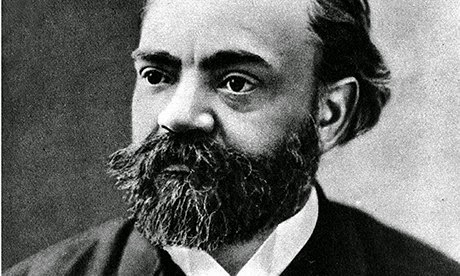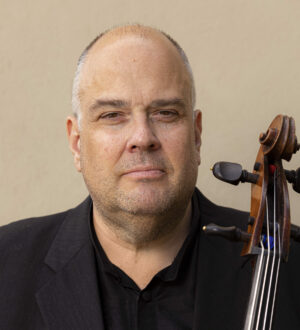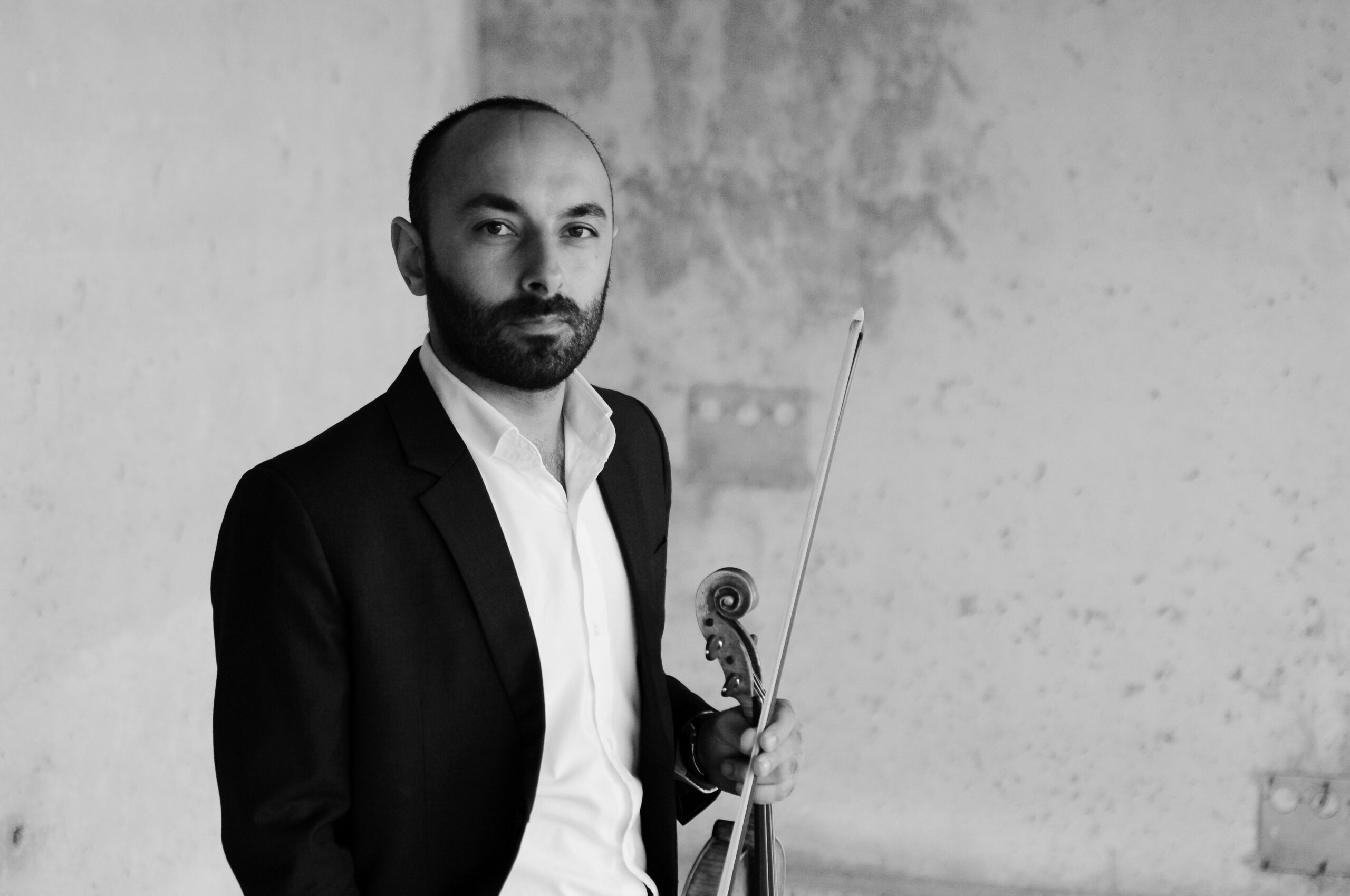Den här webbsidan använder cookies så att vi kan ge dig bästa möjliga användarupplevelse. Cookieinformationen sparas i din webbläsare, och utför olika funktioner, som t.ex. att känna igen dig när du kommer tillbaka till sidan. Detta gör i sin tur att vi kan förstå vilka delar av sidan du använder mest och finner viktiga.
Antonín Dvořák – Pianotrio “Dumky” med Old Ox Piano Trio

Old Ox Pianotrio
Piano trio nr 4 i e-moll, op. 90 “Dumky”
1. Lento maestoso – Allegro quasi doppio movimento
2. Poco adagio – Vivace non troppo – Vivace
3. Andante – Vivace non troppo – Allegretto
4. Andante moderato – Allegretto scherzando – Quasi tempo di marcia
5. Allegro
6. Lento maestoso
Composition history, premiere and subsequent performances
Dvorak began working on his sixth piano trio (today the fourth in existence), with its subtitle “Dumky” (“Dumkas”), immediately after completing his Requiem, in November 1890. It took him less than three months to complete, and this including an extended break from his endeavours. As he progressed Dvorak informed his friend Gobl that he was working on a new composition which he characterised as “a little piece for violin, cello and piano. It will be both happy and sad. In some places it will be like a melancholic song, elsewhere like a merry dance; but, all told, the style will be lighter or, if I might put it another way, more popular, in short, so that it will appeal to both higher and lower echelons.” The mention of this deliberate “lightness” of style might explain why the highly popular “Dumky” has, in the long term, eclipsed the composer’s masterpiece, the Piano Trio in F minor, even though it cannot match its sophistication, the gravity of its musical testimony or its intellectual depth. The premiere of the “Dumky” was performed just two months after Dvorak had completed the score, in Prague on 11 April 1891, during a gala evening held in his honour – Dvorak had recently been awarded an honorary degree from Prague’s university. Dvorak himself sat at the piano for the premiere. This was not the last time that he performed this work in public: we have documentation which confirms that Dvorak performed his “Dumky” at the piano on forty-four occasions. The majority of these were part of an extended “farewell” concert tour of Czech and Moravian towns and cities which the composer organised in the spring of 1892 before his departure for the United States. The trio was published in 1894 by Berlin-based publisher Simrock. At this time Dvorak was still in the United States, so the corrections were selflessly carried out by his friend, Johannes Brahms.
What is a “dumka”?
The word “dumka” is the diminutive of the Ukrainian word “duma” (meaning “thought”, “idea”, “reflection”, “contemplation”) which will be found in various mutations in other Slav languages (the Czech “dumat” means “to ponder” or “to contemplate”). In musical terms, the word originally refers to a specific type of Ukrainian (Little Russian) song form which is typical for its leisurely tempo and meditative, melancholic character. During the course of the 19th century, the dumka was transferred to higher artistic genres by composers – largely Slavs themselves – who drew inspiration from it: Tchaikovsky, Mussorgsky, Chopin, Janacek and, most notably, Antonin Dvorak.
The dumka in the works of Antonin Dvorak
In contrast to its original folk model, Dvorak’s idea of the dumka is a musical movement founded on the alternation of two strongly contrasting passages: wistfully melancholic and wildly rhythmical. This extension of the original form to include a new contradictory element is characteristic for Dvorak, since the art of contrast was a means of expression that came entirely naturally to him. The addition of further thematic fabric moreover allowed the composer greater scope for expanding his ideas, as in the case of the Piano Trio “Dumky”. It cannot be said, however, that this principle of alternating contrasting segments was discovered by Dvorak, as some would have it. Other composers proceeded in a similar way, such as Tchaikovsky (piano Dumka, Op. 59) or Mussorgsky (Parasya’s dumka aria from the opera The Fair at Sorochyntsi). Nevertheless, Dvorak was able to transform the stylisation of this musical configuration into a major art form.

Information
Se konserten digitalt
This concert is available online. Click below to access our video player.
Buy concertticket For free, members onlyMedverkande

Per Nyström
Cello
Peter Jablonski
Piano
